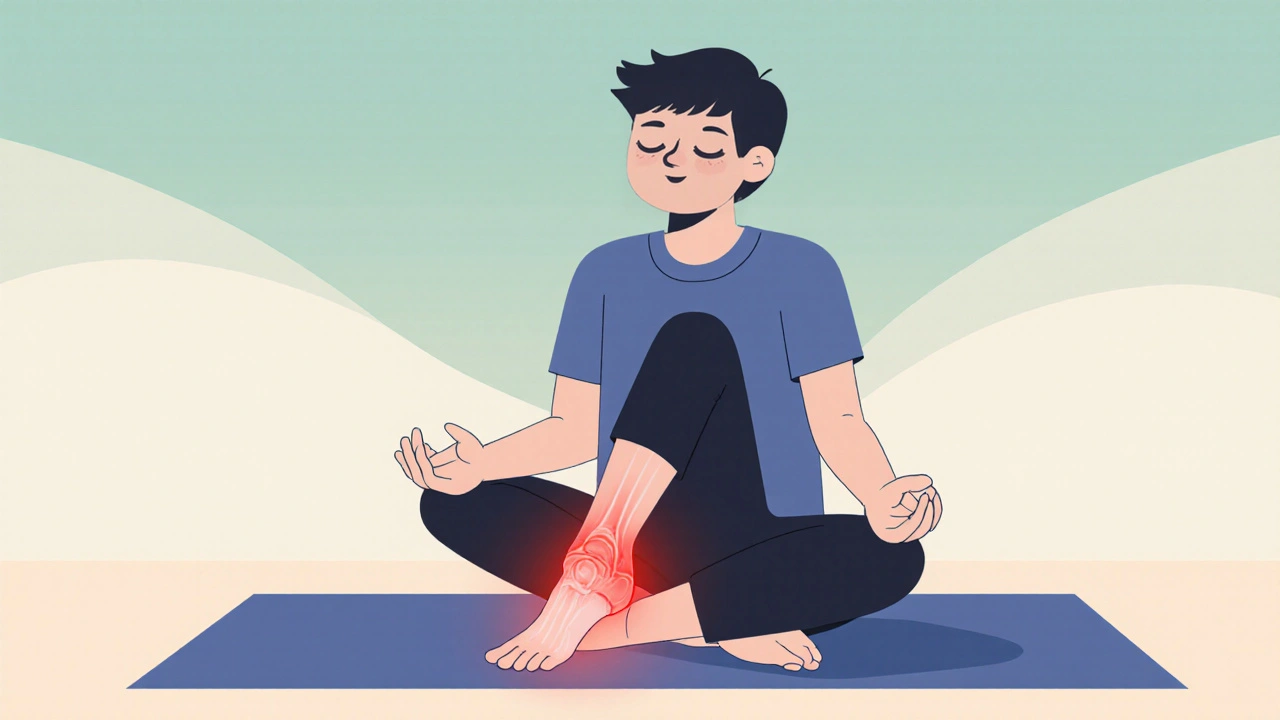Did you know that more than 1 in 4 adults live with chronic pain? It’s a huge problem, but you don’t have to suffer in silence. Below are easy, real‑world steps you can take today to knock down pain without risking your health.
Most people reach for the medicine cabinet first. Ibuprofen, naproxen, and aspirin are anti‑inflammatories that cut swelling and dull ache. For headaches or mild muscle soreness, acetaminophen works well if you need a painkiller that doesn’t thin your blood. Always follow the label dose and never mix multiple OTC pain drugs unless a doctor says it’s safe.
When you shop online, look for legit pharmacies that require a prescription for stronger meds like codeine or tramadol. Buying from reputable sites protects you from counterfeit pills that can be dangerous.
If you prefer a gentler route, several supplements have shown real benefit. Wintergreen oil contains methyl salicylate, a natural pain‑reliever similar to aspirin. Use a few drops diluted in a carrier oil and apply to sore joints. Bromelain, an enzyme from pineapple, reduces inflammation in arthritis and sports injuries. A daily dose of 500 mg with meals is a common recommendation.
American ginseng isn’t a painkiller, but its adaptogenic properties can lower stress‑related muscle tension. A standard extract of 200 mg twice a day is usually enough. Remember, supplements are not a substitute for medical advice, especially if you’re on other medications.
For skin‑related pain like burns or insect bites, benzoyl peroxide (found in Benzac Gel) can soothe irritation and prevent infection. Apply a thin layer once a day and watch the redness fade.
If pain lasts longer than a week, gets worse, or comes with fever, numbness, or sudden weakness, see a doctor. Conditions like deep‑vein thrombosis or infections need urgent care. Your doctor might prescribe a short course of corticosteroids such as dexamethasone (Decadron) to melt swelling quickly—but only under supervision.
People with heart issues should be careful with non‑steroidal anti‑inflammatory drugs (NSAIDs) because they can raise blood pressure. In those cases, a low‑dose prescription like propranolol might help manage the stress response that amplifies pain.
Finally, mental health matters. PTSD and chronic pain often feed each other. If you notice anxiety, flashbacks, or mood swings alongside physical pain, consider counseling or therapy. Simple breathing exercises and guided relaxation can lower the pain signal that your brain receives.
Finding relief doesn’t have to be a guesswork game. Use OTC meds for short bursts, try proven natural supplements for ongoing support, and never ignore signs that need professional care. With the right mix, you can reclaim comfort and get back to the things you love.

Discover how yoga eases tendonitis pain, boosts mobility, and offers safe poses and routines for lasting relief.
Read More
Get to know Arcoxia—what it treats, how it works, who needs it, and the real facts about its side effects. Practical details for anyone curious about this medicine.
Read More
Looking for something other than hydrocodone for pain? This article breaks down practical, real-world options that you can actually use—like physical therapies and holistic treatments. It explores the pros, cons, and real truths about sticking with non-opioid options. You'll get a clear sense of whether these alternatives fit your life and your pain level. If you want straightforward answers about ditching hydrocodone, this is for you.
Read More